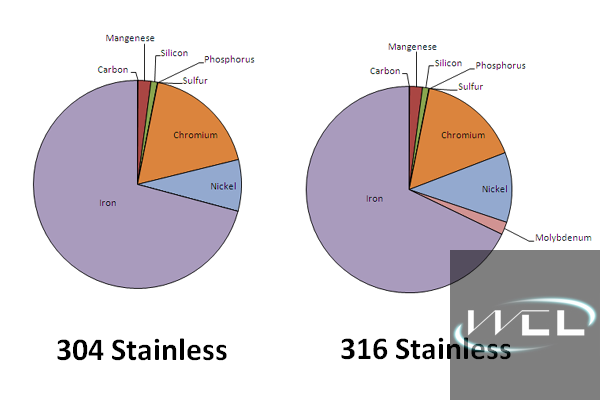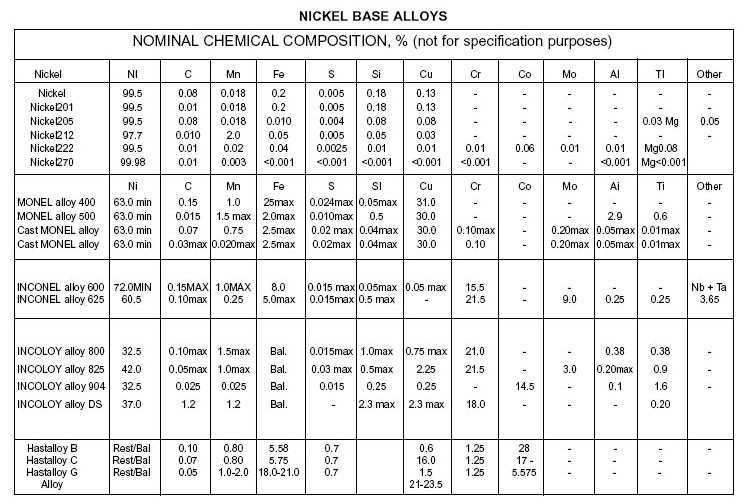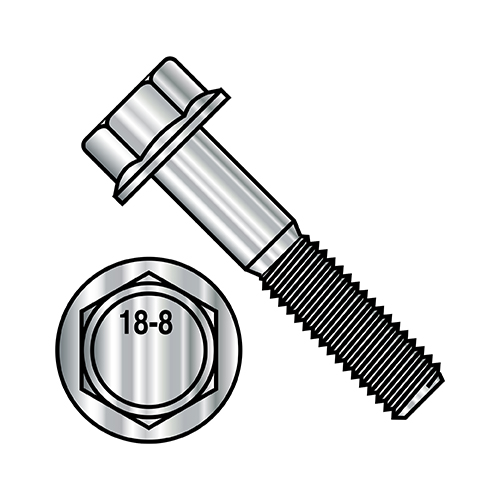
In this instance 304L is recommended due to its resistance to carbide precipitation. However, continuous use at 425- 860☌ is not recommended. Heat Resistanceģ04 has good resistance to oxidation in intermittent service up to 870☌ and in continuous service to 925☌. Stress corrosion cracking can occur above 60☌. Pitting and crevice corrosion can occur in environments containing chlorides. Corrosion Resistanceģ04 has excellent corrosion resistance in may environments and when in contact with different corrosive media. Applicationīrewery, food, dairy and pharmaceutical production equipment It is reasonable to expect specifications in these standards to be similar but not necessarily identical to those given in this data sheet. Properties given in this data sheet are typical for flat-rolled products covered by ASTM A240/A240M. 304H, a high carbon content variant, is also available for use at high temperatures. Some products such as plates and pipes may be available as “dual certified” material that meets the criteria for both 304 and 304L. It is used in heavy gauge components for improved weldability. Type 304L is the low carbon version of 304. This property has resulted in 304 being the dominant grade used in applications like sinks and saucepans.

Type 304 stainless steel is an austenitic grade that can be severely deep drawn. It is still sometimes referred to by its old name 18/8 which is derived from the nominal composition of type 304 being 18% chromium and 8% nickel.

Type 304 is the most versatile and widely used stainless steel.

Stainless steel 304 and stainless steel 304L are also known as 1.4301 and 1.4307 respectively.


 0 kommentar(er)
0 kommentar(er)
